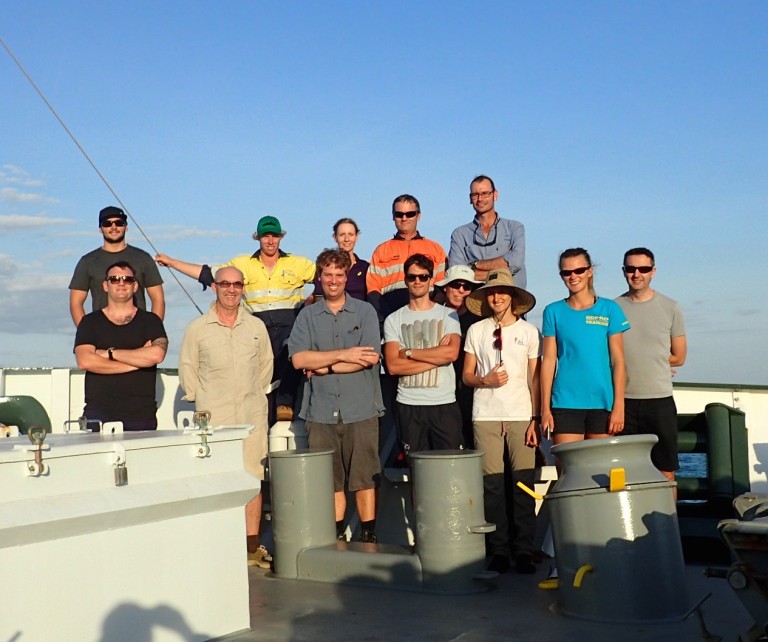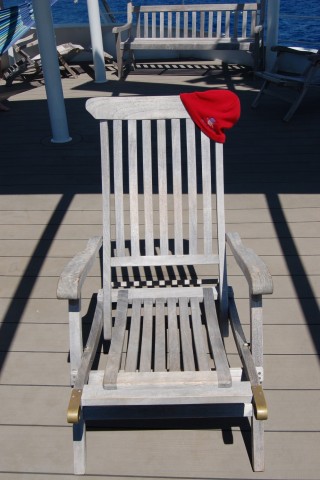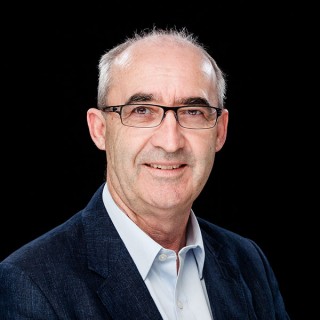It has now been 25 days since we all boarded Falkor in Broome, Western Australia, and it is hard to appreciate that our cruise ends tomorrow in Darwin, the Northern Territory of Australia. This voyage actually began a lot earlier – in October 2011, when I first learned the Schmidt Ocean Institute was thinking of bringing Falkor to Australian waters. Three and a half years later, after countless hours of proposal writing, pre-cruise planning, mounds of paperwork, preparation of instruments and equipment, coordination of science personnel and travel to Broome, we finally got to go on our three week cruise. And what a remarkably successful cruise it has been.

Understanding connections
We were very ambitious in what we planned, and there were many aspects of the cruise that were unusual and, in many ways, perhaps unique. Scott Reef with its combination of amazing biodiversity and isolation in the nutrient poor tropical waters of the Timor Sea is a remarkable place to even visit, let alone as a site to conduct scientific research. From a physical oceanography perspective, it is a highly energetic region with oscillating and strong tidally driven currents. In the deep central channel we recorded currents in excess of 1.5 m/s at more that 200m deep, for example, and similar currents can be found in the channels entering the lagoons. To understand the connections between the surrounding ocean and the lagoon and reef systems, we first installed moorings at 27 separate sites, ranging from deep moorings at 400m to simple shallow moorings in 1m of water.
Lots of data

Of the nearly 50 instruments on these moorings, we appear to have almost 100% data return. On the ship, we have used every measurement system available, as well as deployed tools like the TurboMAP probe and the ROV. Due to the highly unsteady and variable flows, a serious challenge was where and when to make measurements on daily and even hourly basis. Being able to run a high resolution ocean circulation model on the ship’s supercomputer to forecast currents and temperature fluctuations proved invaluable in planning our daily schedules and in interpreting the data. The amount of ROV dives, echosounder, and multibeam work we were able to do was also astounding. We estimate that we have collected around 16.5 TB of data from all data sources! Importantly, the disparate observations and data streams have been well integrated to allow us to understand the complex links between the physical and biological systems that control the very functioning of this ecosystem.
It is of course the people and their very hard work night and day that make such voyages a success. One only has to look through the daily blogs to appreciate the great spirit everyone has displayed. And we have had a lot of fun in the process! Particular thanks go to the Australian Institute of Marine Science (AIMS) and their scientists on this cruise whose knowledge of the region and support have been invaluable. Also many thanks go to all the scientists from the Universities of Western Australia, Stanford and Griffiths who have all worked tirelessly. The captain and crew on Falkor have been truly exceptional in supporting our many and diverse needs, thank you all. And of course, thanks to the Schmidt Ocean Institute for making it all possible!

